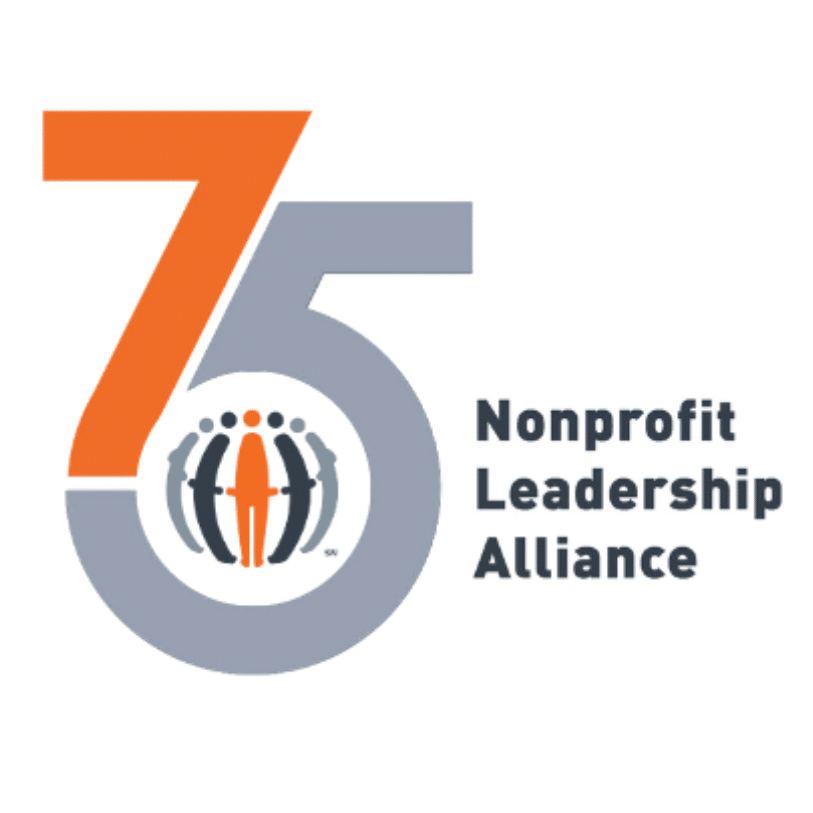Written by: Miriam P. Dicks
Reading Time: 5 minutes
You may be wondering why agility in the nonprofit sector is something worth discussing. The ability to be an agile organization requires being able to modify and adapt to ever-changing internal and external factors in a way that is successful and sustainable.
The way COVID-19 impacted the nonprofit world comes to mind when I think about the need for organizational agility.
An agile nonprofit can do these 3 things:
- Adapt in a way that stays in front of the needs and demands of those being served
- Pioneer new efforts that are successful to meet an increase in demands and needs, when opportunities arise
- Can guard against becoming irrelevant or obsolete to their clients or the community
To become an agile nonprofit, remove these 4 barriers.
Barrier #1: SELF
As a nonprofit leader, do you struggle with change? This could look like adopting a new way of providing services or implementing a new software. If you struggle with making changes, your staff will also struggle with accepting changes.
If your nonprofit is smaller, your staff is taking your lead and also taking on your personality. An organization’s culture is directly connected to its leadership. If your nonprofit is larger, your personality may not have as much impact, but the direction of your nonprofit is still influenced by your decision-making and priorities.
Ask Yourself These 3 Questions:
- Is my hesitance about organizational “newness” due to an insecurity that I have?
- Can this “newness” bring about necessary results for the organization to thrive?
- Am I solely responsible for implementing these changes, or can I delegate?
Barrier #2: STAFF
People can be the greatest asset to your organization. They can also be a major pain-point in implementing changes or engaging in new initiatives if they are unwilling to adapt. It is up to you, the leader, to have a plan in place where necessary changes are uniform and conformed to. If you are not willing to take a firm stance with your staff, initiatives can fail miserably.
People who value growth will help your organization grow.
As a nonprofit leader, it is important that you create a culture that supports growth and change, because the growth of your business is contingent upon the growth of your staff. You may, whether intentionally or not, be creating an environment in which it is acceptable to reject growth. As one of my mentors used to say, “What you permit, you promote!”
There may be times where a leader strives to create a growth-based environment, but some team members may quietly resist. They agree with the idea of change, but they never actually do anything to change.
A desire for growth and development must work both ways. As a leader, you should desire it for your staff, and staff must desire it for themselves.
You want people on your team who have a growth mindset. A person with a growth mindset brings new ideas to the table, not waiting to be told what to do. Having staff who have a growth mindset will be able to adopt the necessary changes needed for the organization when the market or economy dictates it, i.e., promoting organizational agility!
Barrier #3: SYSTEMS
Think of all the systems that your nonprofit requires to function to achieve your goals. This could be how payroll is processed, how data is collected and stored, or how virtual meetings are held. Systems can be automated or manual, outsourced or done in-house. But not all systems are effective AND efficient.
Effectiveness and Efficiency
If you needed to communicate with 100 people and your company sent them each a letter, this would be an effective means of communication. But, if your company had email accounts for those same 100 people, sending a letter would not be the most efficient way of communicating with them.
The same line of thought can be used for how nonprofits manage their data systems. Here’s an example:
Nonprofit A tracks financial data on a spreadsheet, whereas Nonprofit B uses accounting software that houses their financial data. Both nonprofits need to run an annual financial report.
Nonprofit A has an analyst who must manually pull these numbers together from multiple spreadsheets and format the data into a report, whereas Nonprofit B can utilize its accounting software for the data to be available within minutes.
As leaders, it is our responsibility to review our systems regularly to identify opportunities to create effectiveness and efficiency in our organizations. Without this type of assessment, nonprofit leaders can miss the opportunity to capitalize from market changes because their systems hinder the agility needed to move quickly.
Ask Yourself These 3 Questions:
- Are there manual systems in place?
- Are there solutions available to automate these processes?
- Will automation save time and money?
If you can answer yes to these three questions, you can begin to put more effective and efficient systems in place to create a more agile organization.
Barrier #4: SUPPORT
Support barriers can be placed in the following 3 categories:
- Governance: In nonprofits that have a governance structure, operational decisions must be approved by a board. The board’s approval is required for agility to occur. Without their support, it would prove to be difficult or almost impossible to move the organization forward.
- Financial: Many initiatives that are implemented to develop a more agile organization require money. Without savings or a budget for discretionary spending, money becomes a barrier to agility, and it may become necessary to obtain resources from a lender.
- Community: Nonprofits who depend on its community for resources may run into issues of donor support when implementing changes that could create increased agility for the organization. Donors can become a major hinderance to change when they are not in agreement with proposed changes.
The ability to tell a story is required to overcome these barriers.
A senior leader must be able to convince others that the direction the company is moving in is in the best interest of the organization. They must be able to convey how change will propel the company forward.
The board needs a story. The bank needs a story. The donor needs a story.
The 3 C’s for Your Story to Be Effective:
- Clear: Clearly articulate your objective and how the changes you propose will be profitable for the organization.
- Concise: Get straight to the point. Too many operational details can be confusing and take away from the main point of profitability.
- Charismatic: The story should make others excited about being a part of the next phase of growth and development.
If you can overcome these 4 barriers to agility, your nonprofit will be rightly positioned to adapt to unforeseen changes, increase revenue, and serve your community or clients in the way you envision!
About the Author

Miriam P. Dicks is the Founder and CEO of 180 Management Group, an operations consulting firm specializing in operational strategy and design for nonprofit organizations. She is an operations leader with proven experience in transforming organizations to achieve optimal operational performance. Her passion for operations is fueled by her belief that any organization can operate in excellence with the right tools for change.
Get nonprofit tips and tools delivered right to your inbox by joining The Nonprofit Leadership Alliance Newsletter. Our bimonthly newsletter will make sure you know what’s happening with our network of social sector leaders.
